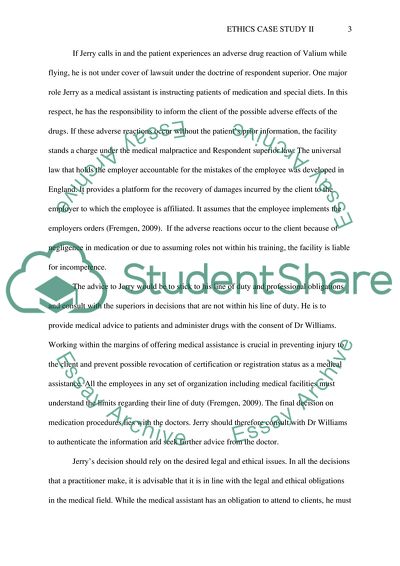Cite this document
(Not Found (#404) - StudentShare, n.d.)
Not Found (#404) - StudentShare. https://studentshare.org/medical-science/1877360-drug-prescription-as-a-routine-practice
Not Found (#404) - StudentShare. https://studentshare.org/medical-science/1877360-drug-prescription-as-a-routine-practice
(Not Found (#404) - StudentShare)
Not Found (#404) - StudentShare. https://studentshare.org/medical-science/1877360-drug-prescription-as-a-routine-practice.
Not Found (#404) - StudentShare. https://studentshare.org/medical-science/1877360-drug-prescription-as-a-routine-practice.
“Not Found (#404) - StudentShare”. https://studentshare.org/medical-science/1877360-drug-prescription-as-a-routine-practice.


